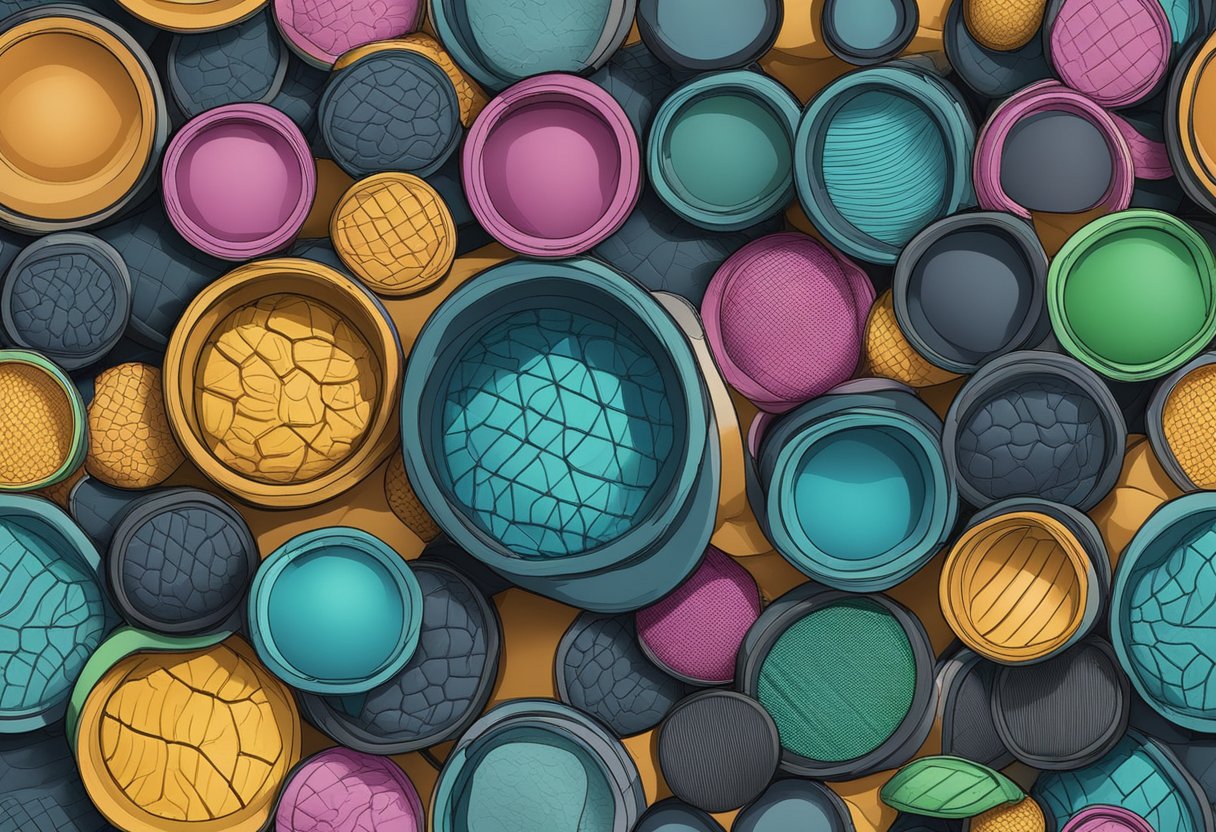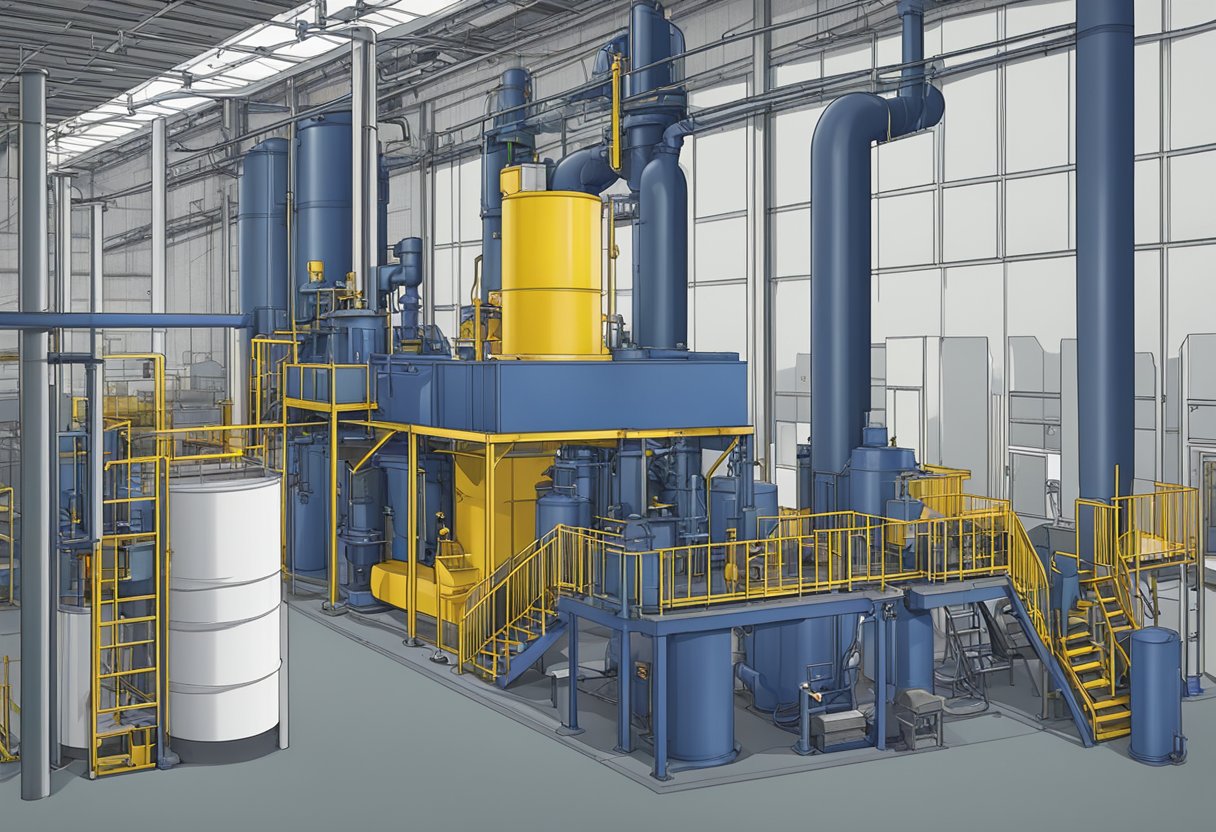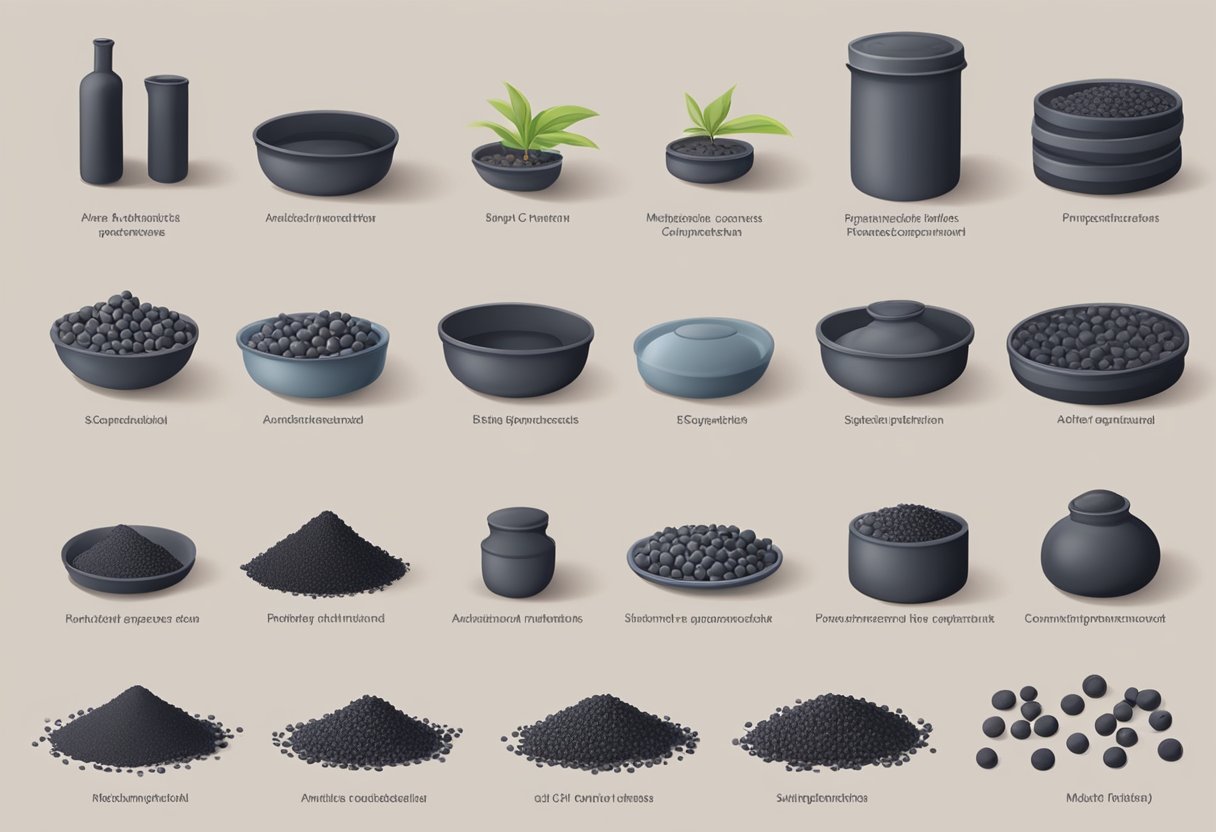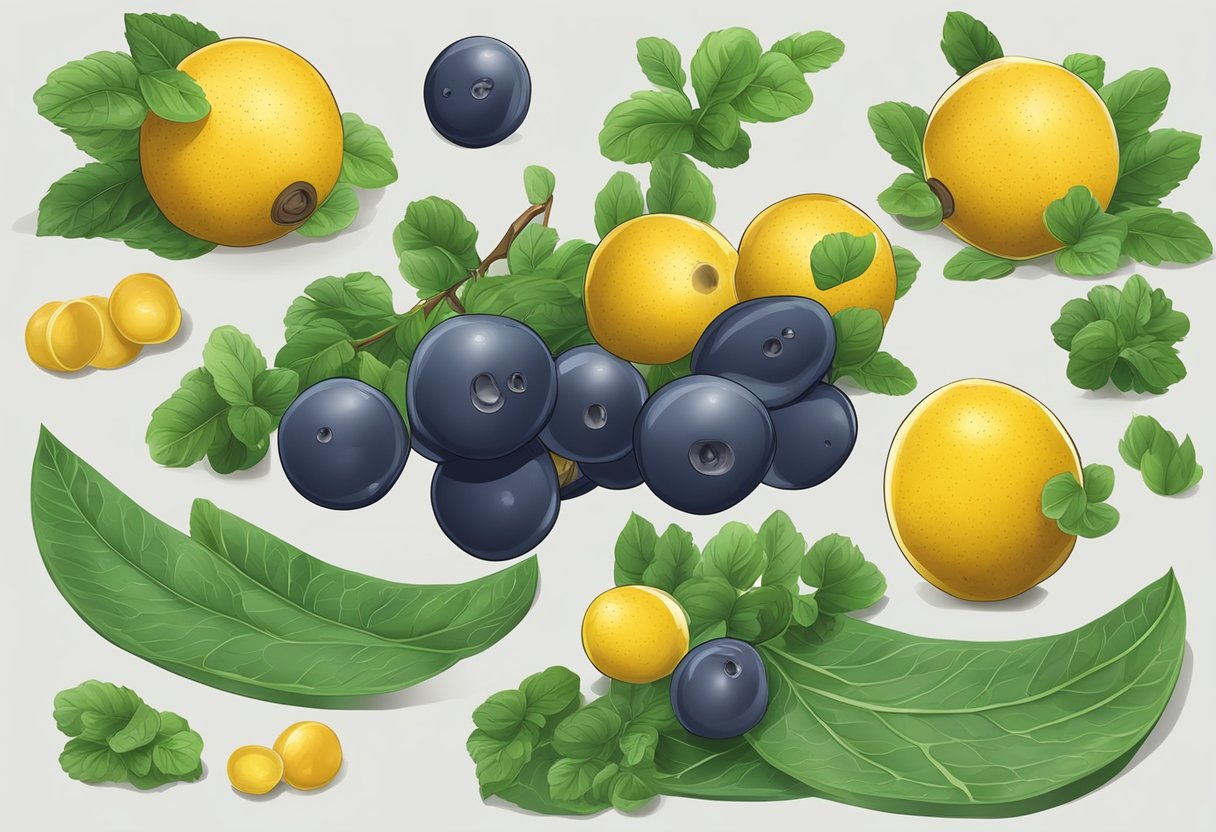Antioxidants in Rubber: Understanding Their Role and Benefits
19/01/2024
Antioxidants are widely used in rubber production to prevent the oxidation of rubber compounds. Antioxidants are chemical compounds that inhibit the oxidation of other compounds, which can lead to the breakdown of rubber and other materials. The use of antioxidants in rubber has become increasingly important in recent years due to the growing demand for high-performance rubber products that can withstand harsh environments and extreme temperatures.

Antioxidants are added to rubber compounds during the mixing process to prevent the oxidation of the rubber. This helps to extend the life of rubber products and prevent them from becoming brittle and cracking. There are many different types of antioxidants used in rubber production, each with its own unique properties and benefits. Some of the most commonly used antioxidants include phenolic antioxidants, amine antioxidants, and phosphite antioxidants.
Fundamentals of Antioxidants in Rubber

Antioxidants are chemical compounds that are used in rubber to prevent oxidation and degradation of the material. Zinc Oxidation can cause the rubber to become brittle and crack, reducing its lifespan and effectiveness. Antioxidants work by reacting with free radicals, which are highly reactive molecules that can cause damage to the rubber.
There are two main types of antioxidants used in rubber: primary antioxidants and secondary antioxidants. Primary antioxidants react directly with free radicals, while secondary antioxidants react with the by-products of oxidation, such as peroxides.
Common primary antioxidants used in rubber include phenolic antioxidants, which are effective at preventing oxidation at high temperatures, and amine antioxidants, which are effective at preventing oxidation at low temperatures. Common secondary antioxidants include phosphites and thioesters.
The effectiveness of an antioxidant in rubber depends on a number of factors, including its chemical structure, concentration, and compatibility with other ingredients in the rubber compound. It is important to choose the right antioxidant for the specific application and conditions in which the rubber will be used.
Overall, antioxidants play a critical role in preserving the integrity and performance of rubber materials. By preventing oxidation and degradation, they help to ensure that rubber products can withstand the demands of their intended use and provide long-lasting performance.
Types of Antioxidants Used in Rubber

Primary Antioxidants
Primary antioxidants are used to protect rubber from thermal and oxidative degradation during processing and service life. They are typically added to the rubber compound at the beginning of the mixing process. Primary antioxidants include:
- Phenolic antioxidants: These are the most commonly used primary antioxidants in rubber. They are effective at preventing oxidation and thermal degradation, and are compatible with a wide range of rubber compounds.
- Amine antioxidants: These are typically used in combination with phenolic antioxidants to provide enhanced protection against thermal and oxidative degradation.
Secondary Antioxidants
Secondary antioxidants are used to provide additional protection against thermal and oxidative degradation during the service life of the rubber product. They are typically added to the rubber compound after the primary antioxidant. Secondary antioxidants include:
- Phosphite antioxidants: These are effective at preventing oxidation and thermal degradation, and are often used in combination with primary antioxidants to provide enhanced protection.
- Thioester antioxidants: These are effective at preventing oxidation and thermal degradation, and are often used in combination with primary antioxidants to provide enhanced protection.
Overall, the use of antioxidant in rubber is critical to ensure that rubber products maintain their physical and mechanical properties over their service life. By selecting the appropriate type and amount of antioxidant, manufacturers can improve the durability and reliability of their rubber products.
Mechanisms of Antioxidant Protection

Scavenging Free Radicals
Antioxidants protect rubber by scavenging free radicals. Free radicals are highly reactive molecules that can cause damage to rubber by initiating chain reactions. Antioxidants neutralize free radicals by donating electrons to them, which stabilizes the free radical and prevents it from causing further damage. This process is known as scavenging.
Preventing Oxidative Chain Reactions
Antioxidants also protect rubber by preventing oxidative chain reactions. Oxidative chain reactions are initiated by free radicals and can lead to the breakdown of rubber molecules. Antioxidants interrupt the chain reaction by reacting with the free radical and stopping the propagation of the reaction. This prevents further damage to the rubber and maintains its integrity.
Overall, antioxidants play a crucial role in protecting rubber from oxidative damage. By scavenging free radicals and preventing oxidative chain reactions, antioxidants ensure the longevity and durability of rubber products.
Antioxidant Selection Criteria
When selecting an antioxidant for use in rubber, there are several criteria that must be considered to ensure optimal performance. These criteria include polymer compatibility, temperature stability, and cost-efficiency.
Polymer Compatibility
The antioxidant must be compatible with the specific type of rubber being used. Different rubbers have varying chemical compositions, and not all antioxidant will work with every type of rubber. Therefore, it is important to select an antioxidant that is compatible with the specific rubber being used to ensure optimal performance.
Temperature Stability
The antioxidant must be able to withstand the temperature extremes that the rubber will be exposed to during its lifetime. If the antioxidant breaks down or becomes ineffective at high temperatures, it will not be able to protect the rubber from degradation. Therefore, it is important to select an antioxidant that is stable at the expected operating temperatures.
Cost-Efficiency
The cost of the antioxidant is another important consideration. While it is important to select an antioxidant that will provide optimal performance, it is also important to select one that is cost-effective. The cost of the antioxidant must be balanced against its performance to ensure that the most cost-effective option is selected.
Overall, when selecting an antioxidant for use in rubber, it is important to consider its compatibility with the specific rubber being used, its temperature stability, and its cost-efficiency. By taking these factors into account, the most appropriate antioxidant can be selected to provide optimal performance and protection against degradation.
Application Methods for Antioxidants in Rubber
Antioxidants are essential additives in rubber formulations to prevent the degradation of the material due to environmental factors such as heat, oxygen, and light. There are two primary methods for incorporating antioxidants into rubber: direct addition and masterbatch incorporation.
Direct Addition
Direct addition is the most common method for adding antioxidants to rubber. In this method, the antioxidant is added to the rubber compound during the mixing stage. The antioxidant is typically added in powder form, and the mixing process ensures that it is evenly distributed throughout the rubber.
Direct addition has several advantages. It is a simple and cost-effective method that does not require any specialized equipment. Additionally, it allows for precise control over the amount of antioxidant added to the rubber.
However, direct addition also has some limitations. It can be difficult to achieve uniform dispersion of the antioxidant in the rubber, which can lead to uneven protection against degradation. Additionally, some antioxidants can cause discoloration of the rubber, which can affect the appearance of the final product.
Masterbatch Incorporation
Masterbatch incorporation is an alternative method for adding antioxidant to rubber. In this method, the antioxidant is first mixed with a small amount of rubber to create a masterbatch. The masterbatch is then added to the main rubber compound during the mixing stage.
Masterbatch incorporation has several advantages. It allows for better dispersion of the antioxidant in the rubber, which can lead to more uniform protection against degradation. Additionally, it can reduce discoloration of the rubber caused by the antioxidant.
However, masterbatch incorporation also has some limitations. It requires specialized equipment to create the masterbatch, which can increase costs. Additionally, it can be more difficult to control the amount of antioxidant added to the rubber, which can lead to over or under protection against degradation.
In conclusion, both direct addition and masterbatch incorporation are viable methods for adding antioxidant to rubber. The choice of method depends on the specific requirements of the application, such as the desired level of protection against degradation and the cost constraints of the project.
Impact of Antioxidants on Rubber Properties
Antioxidants are widely used in rubber to prevent the degradation of rubber compounds due to exposure to oxygen, heat, and other environmental factors. The use of antioxidant in rubber has a significant impact on the physical and mechanical properties of rubber. In this section, we will discuss the impact of antioxidant on two critical properties of rubber, namely Elongation and Strength and Aging and Weathering Resistance.
Elongation and Strength
The addition of antioxidants in rubber compounds has been found to improve the tensile strength and elongation properties of rubber. Antioxidant act as free radical scavengers and prevent the formation of free radicals that can cause crosslinking and degradation of rubber chains. This, in turn, leads to improved mechanical properties of rubber such as tensile strength, elongation, and tear resistance.
Aging and Weathering Resistance
Rubber products are often exposed to harsh environmental conditions such as heat, UV radiation, and ozone, which can cause degradation of rubber compounds over time. Antioxidants play a crucial role in preventing the aging and weathering of rubber products by inhibiting the formation of free radicals that can cause degradation. The use of antioxidants in rubber products can significantly increase their service life, reduce maintenance costs, and enhance their overall performance.
In conclusion, the addition of antioxidant in rubber compounds has a significant impact on the physical and mechanical properties of rubber. Antioxidant improve the tensile strength, elongation, and tear resistance of rubber, and also prevent the aging and weathering of rubber products. The use of antioxidant in rubber is, therefore, essential to ensure the longevity and optimal performance of rubber products.




